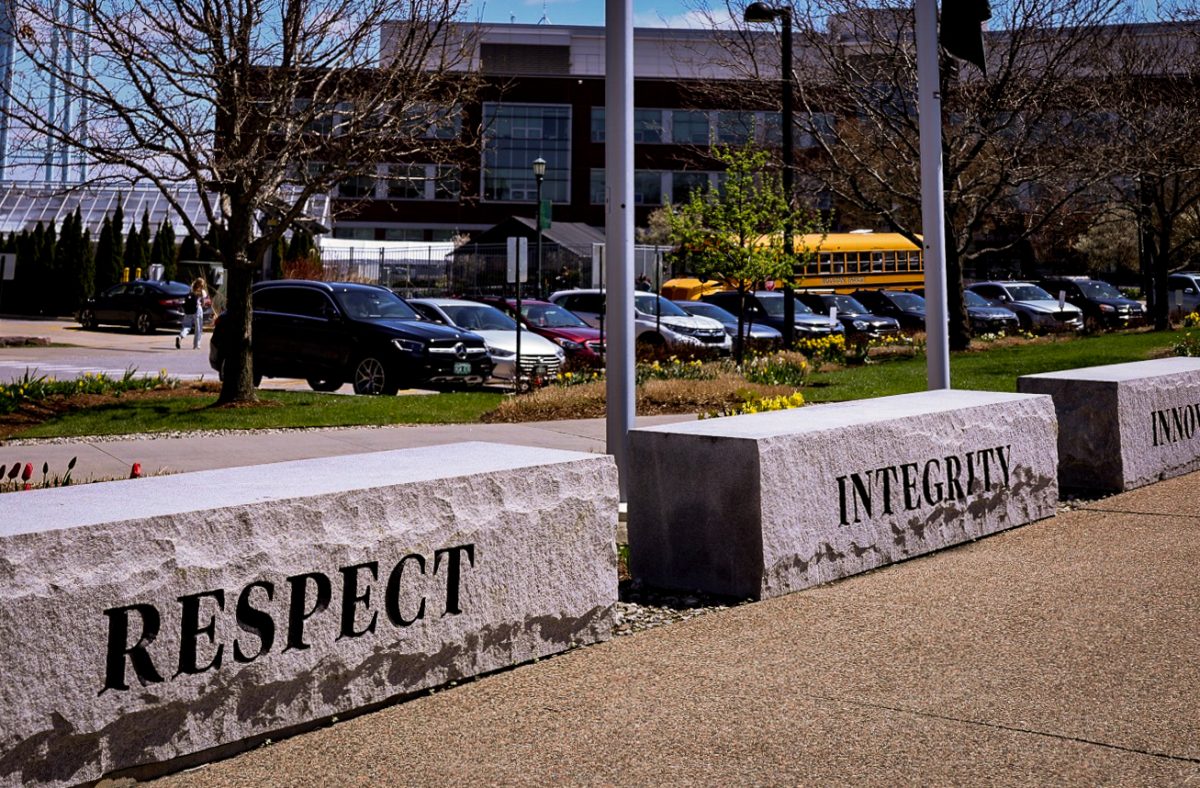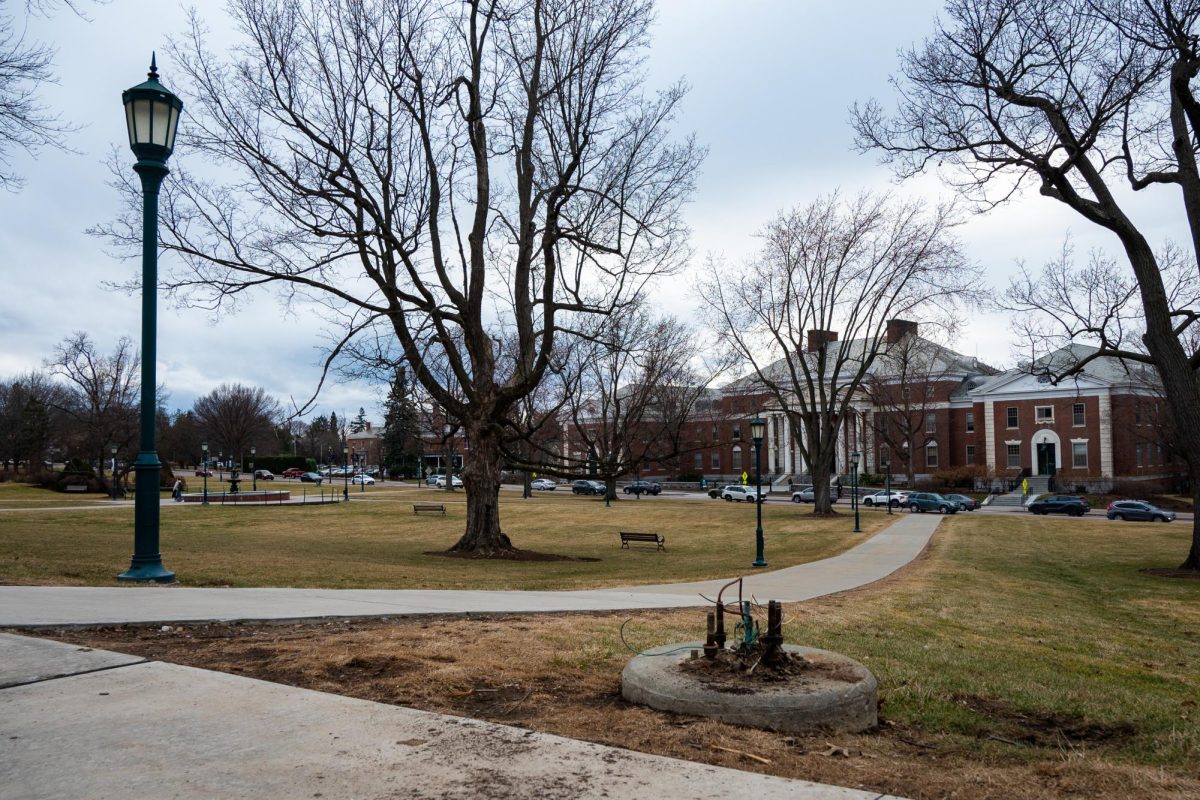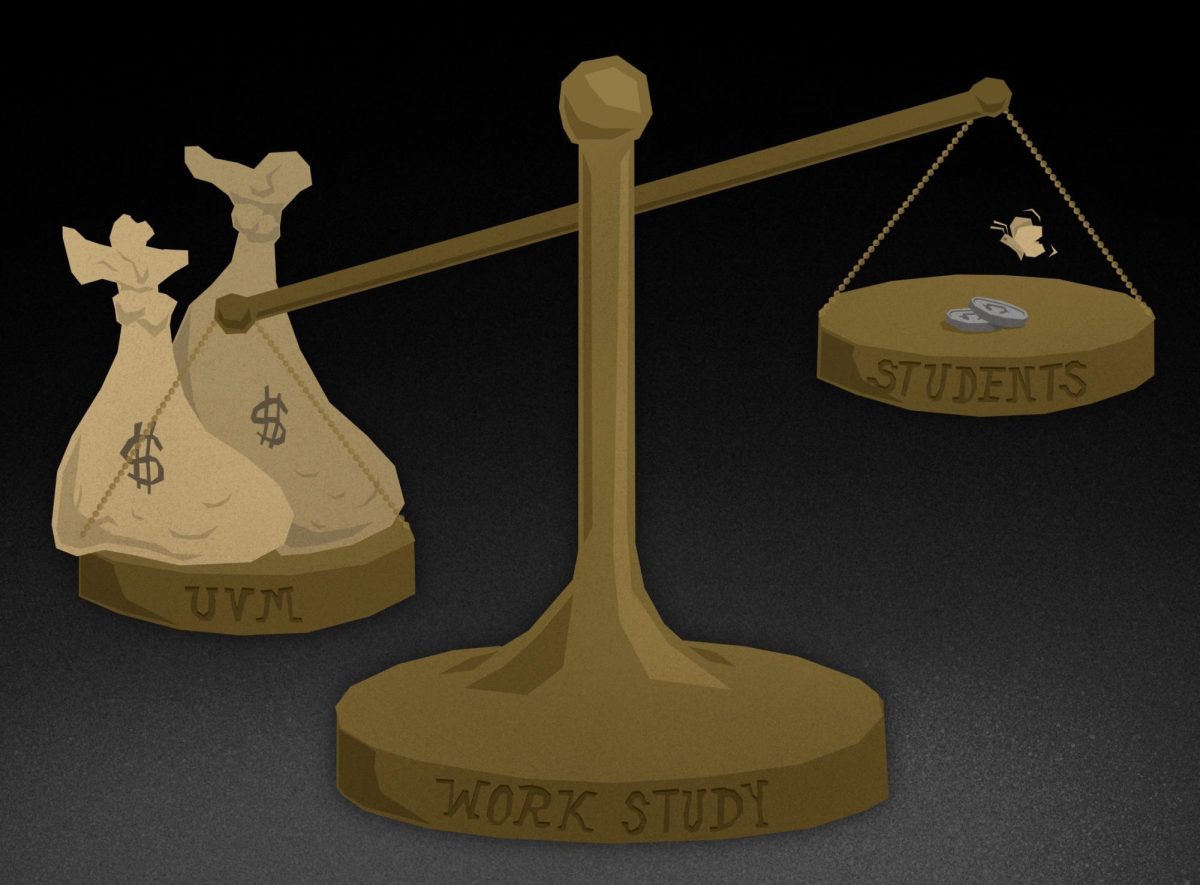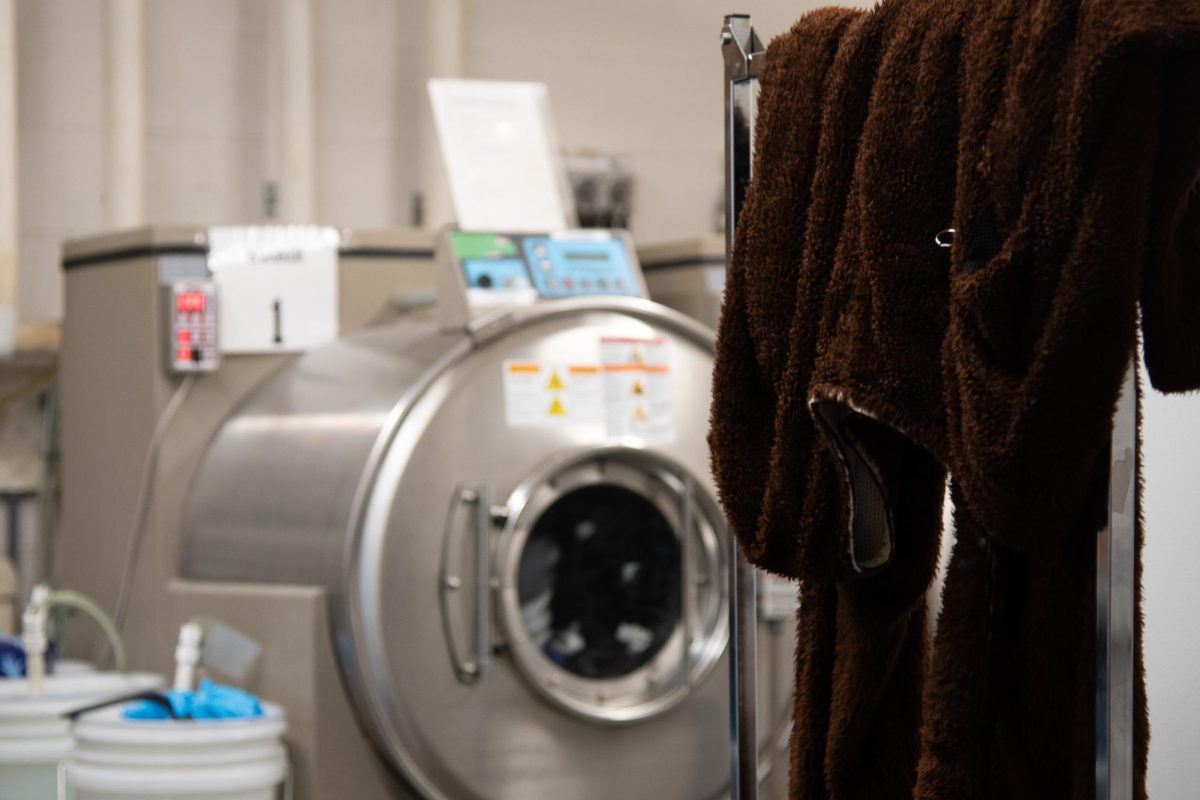On Tuesday, Oct. 8, less than two weeks after the devastating Hurricane Helene and one day before Hurricane Milton made landfall, Jane Castor, mayor of Tampa, Florida, issued the warning that those who did not evacuate were going to die.
Many residents, however, still did not leave.
Watching the storms unfold makes it easy to judge those who are staying, especially online with comments across platforms making fun of people’s decisions and saying they don’t deserve help, according to an Oct. 7 Newsweek article.
However, evacuation is not as easy as many assume.
While the Florida government was offering shelters, there were other expenses and difficulties when evacuating. For example, it’s costly to find transportation, especially in states with lacking options of public transport.
Even for those with cars, finding fuel in emergency situations is a difficult undertaking. The day before Milton hit Florida, around 40% of the Tampa Bay gas stations were out of gas, according to an Oct. 8 Tampa Bay article.
A seven-day evacuation for a four-person family without relatives in the area can cost up to $2,000, according to an Oct. 18, 2018 NPR article. Many families do not have enough emergency funds, which forces them to stay, according to the same NPR article.
It is difficult to spend that money on evacuation knowing the amount of property damage that is about to occur, especially since at least 80% of Florida residents don’t have flood insurance to protect themselves.
Employers can also cause problems, as some jobs keep their employees working dangerously late and many workers cannot afford termination. There is an ongoing investigation into Impact Plastics not allowing workers to leave, resulting in two deaths, according to an Oct. 2 AP News article.
It’s also important to remember the demographics of the states impacted. Florida has a large elderly population who are especially vulnerable during hurricanes, as seen with Hurricane Sandy where 48% of the deaths were ages 65 and older, according to the same Oct. 18, 2018 NPR article.
Elderly people may also be reliant on another family member to evacuate, especially if they are unable to drive or walk. If that family member chooses to stay, they have to as well. This also applies to children whose parents choose for their families to stay.
Language is another barrier to evacuation. While there is more accessibility now for Spanish-speaking residents, other languages are still left behind, resulting in lack of access to adequate information. In Florida, over 400,000 households primarily speak Haitian Creole, according to a Sep. 24 NPR article.
The homeless population is at one of the highest risks. Tampa, which was slammed by Milton, has approximately 16,000 homeless individuals who face all of the problems above plus not having a home to shelter in when the storm hits.
Even though there are shelters as mentioned before, there is limited space and they don’t always allow pets. During Katrina, 44% of people who did not evacuate stayed in part due to their pets.
Another extremely valuable population that doesn’t even get the option of evacuation is prisoners. Manatee County Jail in Tampa did not evacuate any of its inmates before Milton hit, according to an Oct. 8 News Week article.
This trend of prisoners being treated as second-class civilians who don’t deserve to survive has been seen time and time again. During Katrina, inmates at Orleans Parish Prison were abandoned for days in waist-deep flooding and 517 prisoners were unaccounted for following the storm.
Both Helene and Milton illustrate what scientists have been warning about, that climate change is here and we are feeling the consequences of it.
Milton rapidly expanded into a category five storm with maximum winds of 180 mph. It almost reached the limit for what Earth’s atmosphere can generate, making it one of the strongest hurricanes ever recorded, according to an Oct. 7 NBC Chicago article.
With Helene, the destruction caused went far beyond the Florida borders into areas that were once considered “climate havens.” People living in these areas are even less likely to evacuate as they are supposed to be safer but Helene caused worse damage than imaginable.
Asheville, N.C., is an inland town that people have been migrating to from coastal Carolina because of its perceived safe geographic location.
However the sense of security the location once provided is now false as at least a third of Helene’s victims are from the area, according to an Oct. 1 New York Times article.
The lack of natural disaster infrastructure and worsening climate exacerbating the issue is the result of a failing government, not the people who are losing everything. Because of this, we need to be mindful of the way we are discussing those who stayed.
After any natural disaster there is always talk of looters and fear mongering about the crimes they are committing. While looting is an issue to a certain extent, when there is no other way to get necessities like food, it is what people have to do.
Exaggeration of crime and the fear of looters leads to over-militarization and results in overreaction. After Katrina, where talk of crime was constant, police shot at a group without warning, killing two unarmed civilians, according to an April 20, 2016 New York Times article.
Instead of criticizing the people who are losing everything they own, having their entire lives ripped away from them and who are forced to make life-or-death decisions, we should be focusing on creating better disaster relief programs and putting pressure on the government to improve.
While it’s too early to fully judge FEMA’s response to the recent storms, especially with mass misinformation being spread, some, including House Speaker Mike Johnson, are already considering it a failure.
Almost two weeks after Helene, thousands are still without power, food and water, according to an Oct. 9 USA Today article.
There is also worry of FEMA not having enough funding as Homeland Security Secretary Alejandro Mayorkas warned, according to an Oct. 2 AP News article. None of this is surprising given their history of failures.
For instance, after hurricanes Katrina and Rita, it took months for people who had lost their homes to receive FEMA trailers, only for those trailers to be contaminated with formaldehyde, according to a Sept. 28, 2012 CBS article.
FEMA internal records show low-income renters are 23% less likely to receive housing assistance than high-income renters. Low-income homeowners are twice as likely to be denied housing assistance and receive about half of what higher-income home owners do, according to a June 29, 2021 NPR article.
The survivors of Hurricane Helene and Milton have a long road to recovery in front of them and these communities are going to continue to be harmed every hurricane season.
With climate change making these kinds of natural disasters more frequent, we need to improve the equity of our disaster response, or else people are going to keep dying.


















